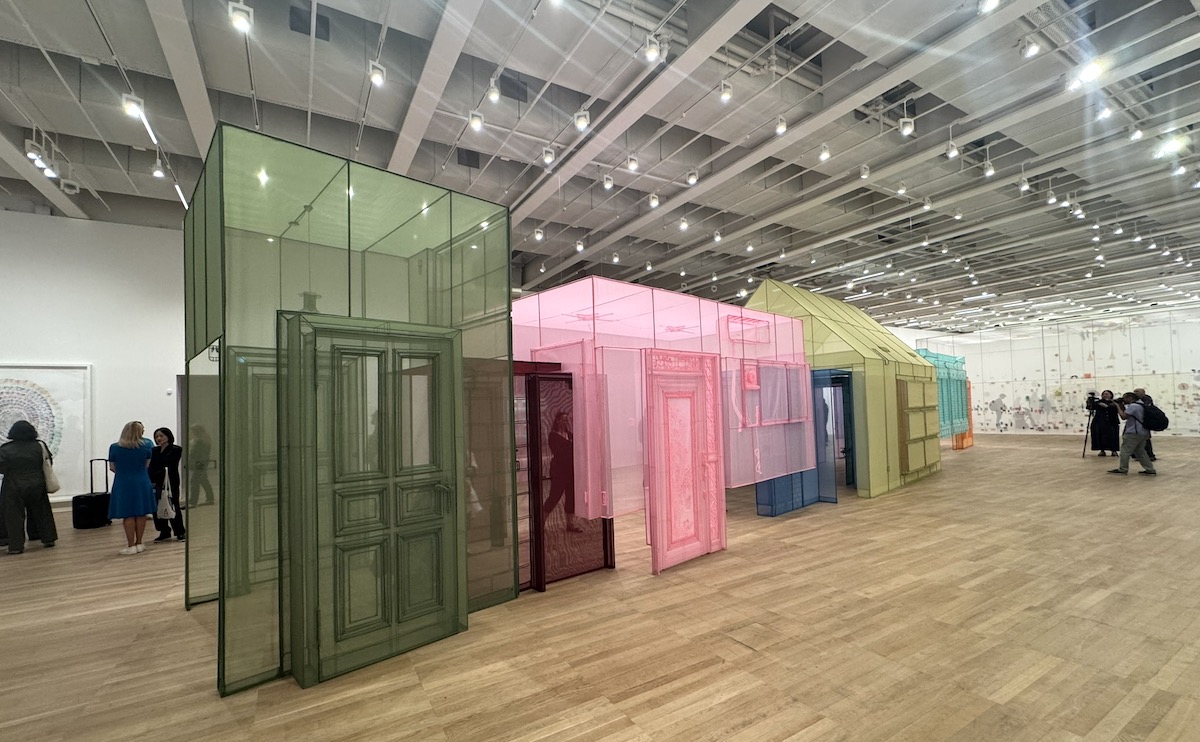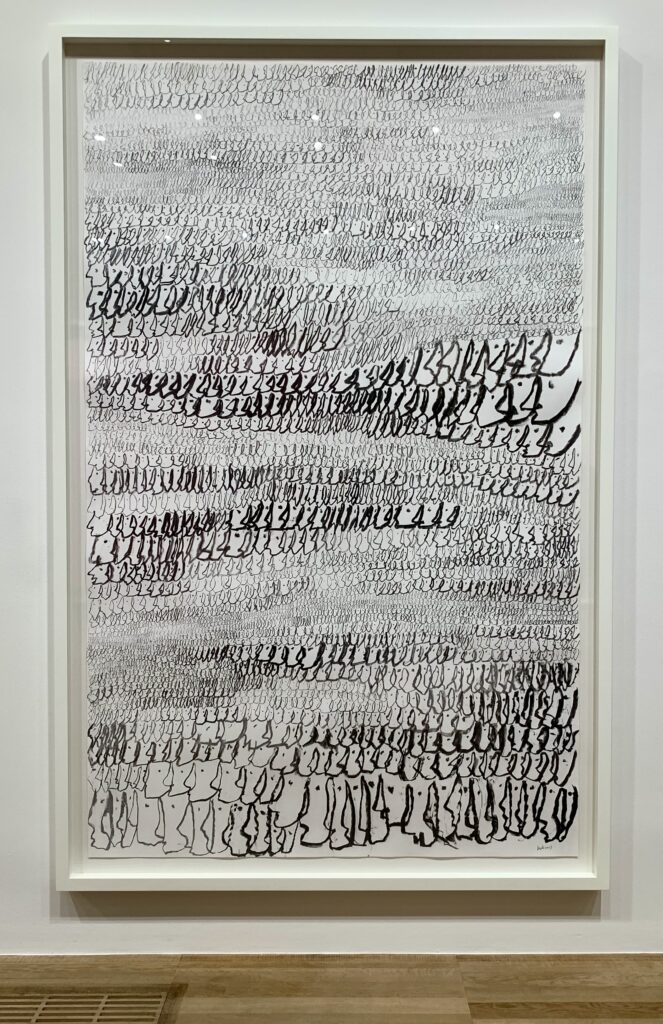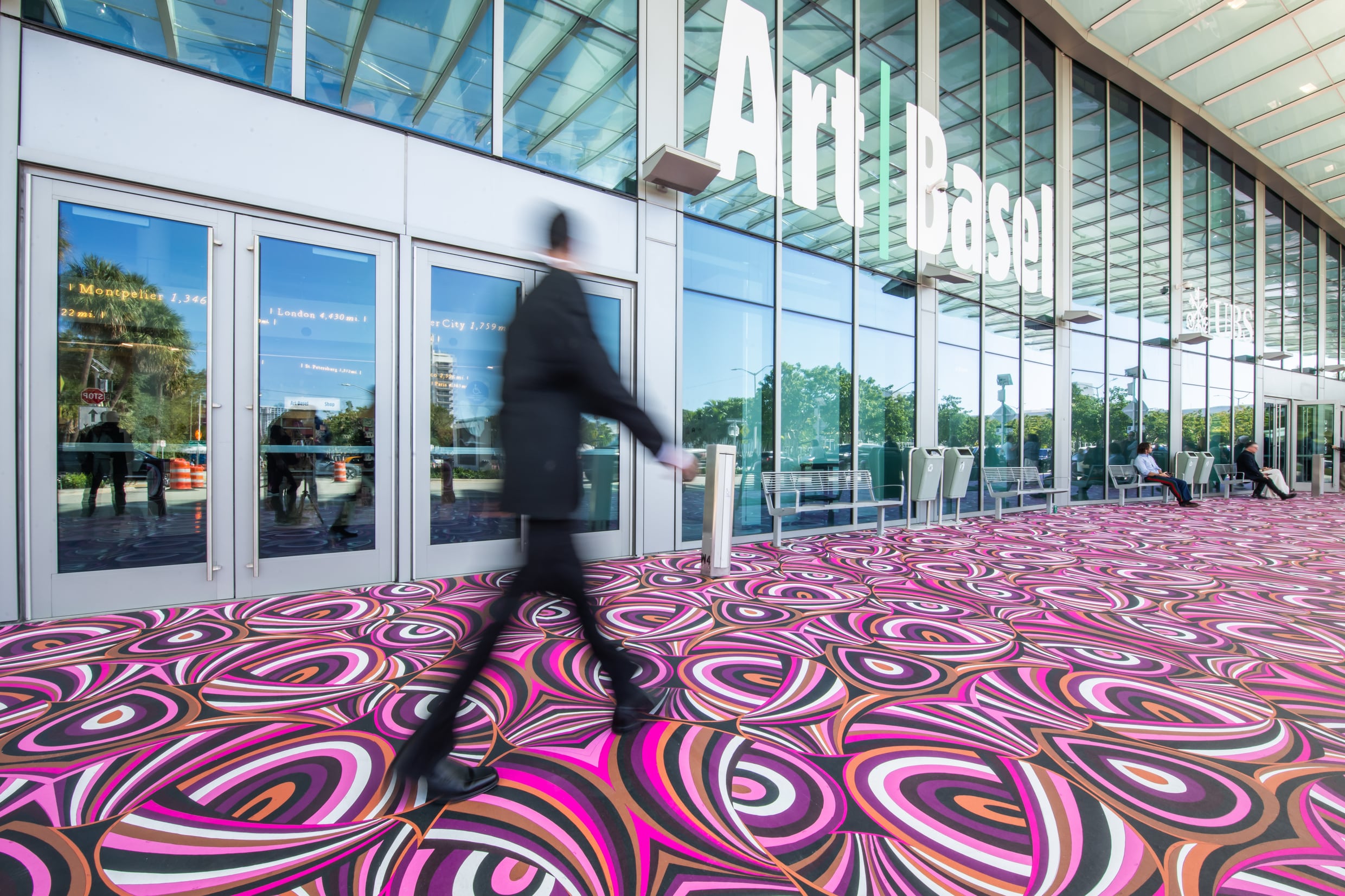Miami Beach is about to trade in its sunscreen for art, ambition, and audacity, as Art Basel 2025 takes over the city in a whirlwind of color, ideas, and unapologetic creativity. From Havana to São Paulo, New York to Kyiv, 283 galleries are landing in the Sunshine State, bringing a global parade of Modern masters, postwar icons, and daring emerging voices. This year, the fair is shining a spotlight on Latinx, Indigenous, and diasporic artists—because if Miami is the crossroads of the Americas, Art Basel is the crossroads of ideas. Get ready for a week where the beach vibes meet bold statements, and the cocktail of culture is curated with intellectual rigor.
In the Architecture of Belonging: Do Ho Suh’s Tate Modern Exhibition
Do Ho Suh’s The Genesis is a hauntingly beautiful exploration of home, memory, and identity.

Is home a place, a feeling, or simply an idea? This is the question at the heart of The Genesis, Tate Modern’s major survey of Korean-born, London-based artist Do Ho Suh. It is a question that feels both timely and timeless, and one that Suh has been asking — in fabric, paper, video and sculpture — for more than three decades.
''I like introducing domestic interlopers into museum architecture and at Tate, we are using one, big open space for most of the work, which includes new installations that I’ve been thinking about and working on for many years. For me, 'Walk the House' holds many different times, localities and histories – personal, collective and socio-historical. I could only have made this show at this moment in time, and in this place.''

For Suh, who has lived between Seoul, New York, Berlin and London, “home” is never fixed. It is portable, fragile, and often remembered more vividly than it is inhabited. The Genesis charts this complex territory through large-scale installations, delicate drawings, early experiments, and brand-new site-specific works. The exhibition invites visitors not only to view Suh’s world but to walk directly through it.
At its centre are the artist’s celebrated fabric architectures — full-scale reconstructions of corridors, staircases, and rooms he once lived in. Wandering through them is both playful and unsettling. Every detail is carefully sewn — doorknobs, radiators, light switches — yet nothing functions. These are houses you can enter but never truly occupy: ghostly spaces suspended between presence and absence. In their translucence, they are metaphors for memory itself — vivid, but untouchable.

Elsewhere, Suh’s rubbings extend this theme with quiet intensity. By wrapping buildings in paper and recording every surface, he captures the physical imprint of spaces that no longer exist, beginning with his demolished childhood home in Seoul. These works feel like acts of preservation against erasure, meditations on what it means to hold onto something even as it slips away.
The exhibition also highlights Suh’s interest in collectivity and dislocation. Video works trace the demolition of apartment blocks in Seoul and London, situating his personal memories within broader narratives of urban change. Sculptural works inspired by monuments further complicate the story, asking how we record not just private experience but collective history.
What makes The Genesis particularly compelling is the way it balances intimacy with universality. Suh’s biography runs through every corridor and sketch, yet visitors inevitably find their own memories stirred. The works resonate because they speak to experiences we all share: moving house, leaving home, remembering spaces that shape us long after we’ve left them.
Unlike many immersive exhibitions designed primarily for spectacle, The Genesis is grounded in craft and care. Every seam and rubbing is the product of meticulous labour. The result is an exhibition that feels generous, giving as much to the casual visitor seeking sensory wonder as it does to those reflecting on identity, memory, and migration.

There are moments when the sheer density of the show — fabric rooms, paper rubbings, videos, sculptures — threatens to overwhelm. Yet this abundance is part of its strength. Suh’s practice has always been about accumulation: of memories, details, fragments of lives lived across continents.
Ultimately, The Genesis is both a survey of an extraordinary career and a meditation on what it means to belong. It asks us to consider the spaces we carry with us, the thresholds we cross, and the homes that remain with us long after we leave. It is an exhibition of profound beauty and quiet power — and one that should not be missed before it closes.

The latest Art Basel & UBS Survey of Global Collecting reveals a new balance of power in the art world — where women lead in spending, Gen Z embraces digital art, and collecting becomes as much about identity as investment.
From 12 October 2025 to 25 January 2026, Basel’s Fondation Beyeler goes full dot-mad with the first-ever Swiss solo exhibition of Yayoi Kusama. Spanning over 70 years of her prolific career, the show brings together 300+ works — from intimate 1950s watercolours to new, immersive Infinity Mirror Rooms created just for this occasion. Wander through hypnotic nets, mirrored environments, and dazzling sculptures as Kusama turns the museum (and its garden) into a universe of repetition, reflection, and sheer spectacle. Prepare to see yourself multiplied… infinitely.



